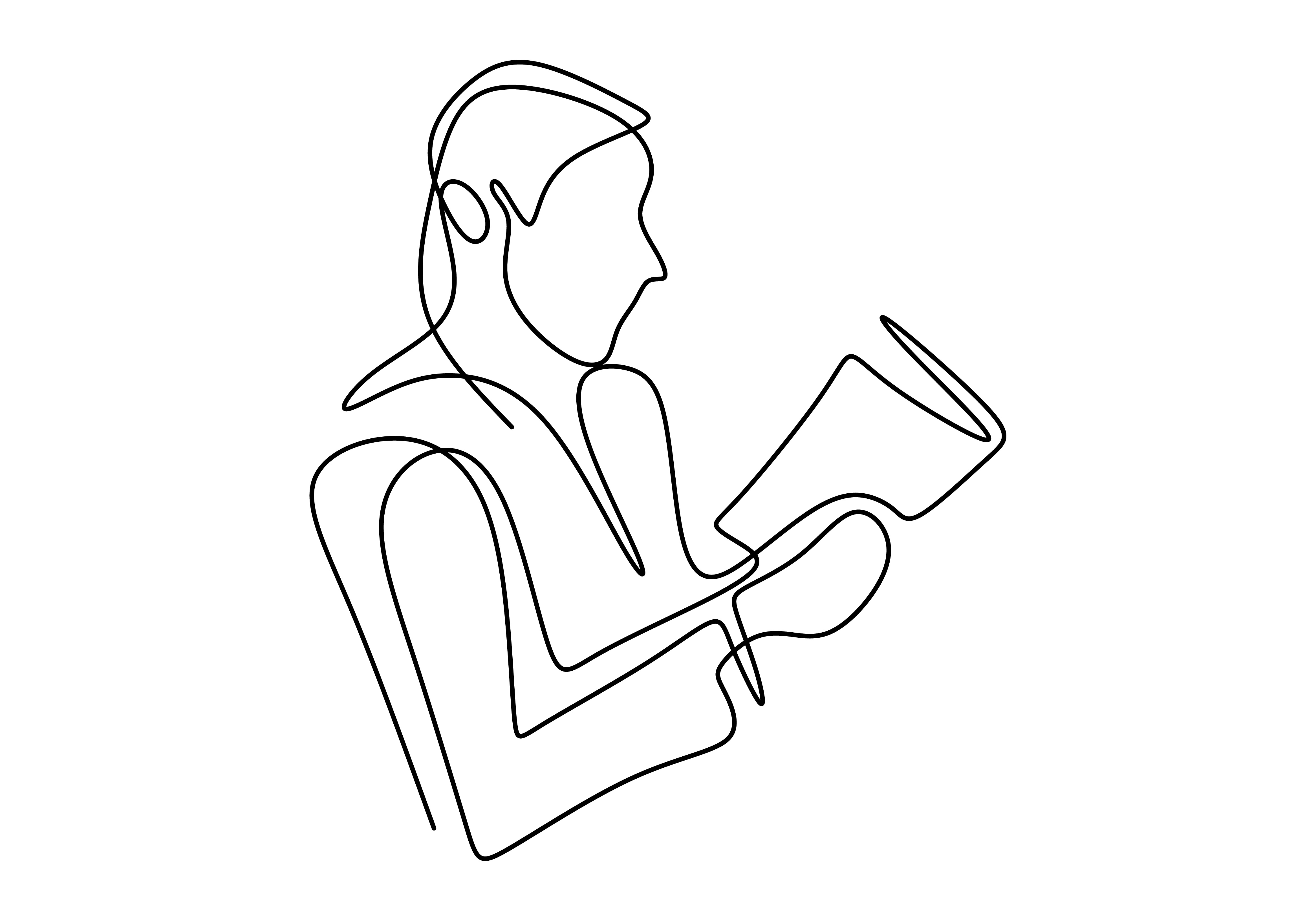This is part 4 of an ongoing Pulitzer-Prize winning series. Click here for the earlier parts in the series, or to discuss the series as a whole.
The belt caught the sleeve of Marcos’s baggy jacket and pulled him across the floor. Hard plastic teeth ripped through his muscles, tearing open his forearm down to the bone. By the time someone heard his screams and shut off the power, his arm was limp, a deep triangular gash running down the length of it. A rope of white tendons hung from his elbow to his wrist, horrifying the workers who gathered around him. He understood from their faces that something was badly wrong but didn’t feel any pain as the wound began gushing blood and he started to lose consciousness.
…
The morning after Marcos’s injury, workers in Dreamland began talking about a child whose arm had been nearly torn off at the plant. Word soon spread through town. There were reasons that supervisors, teachers, federal inspectors and even police officers had said nothing for years about children working at the slaughterhouses. Everyone understood that the children were under extraordinary pressure to earn money to pay off their travel debts and help their families back home. They were living on a remote stretch of peninsula with few job options — if the plants shut down because of a labor scandal, the local economy could collapse. Now, with an eighth grader in the hospital, many wondered if they had been wrong to keep quiet.

